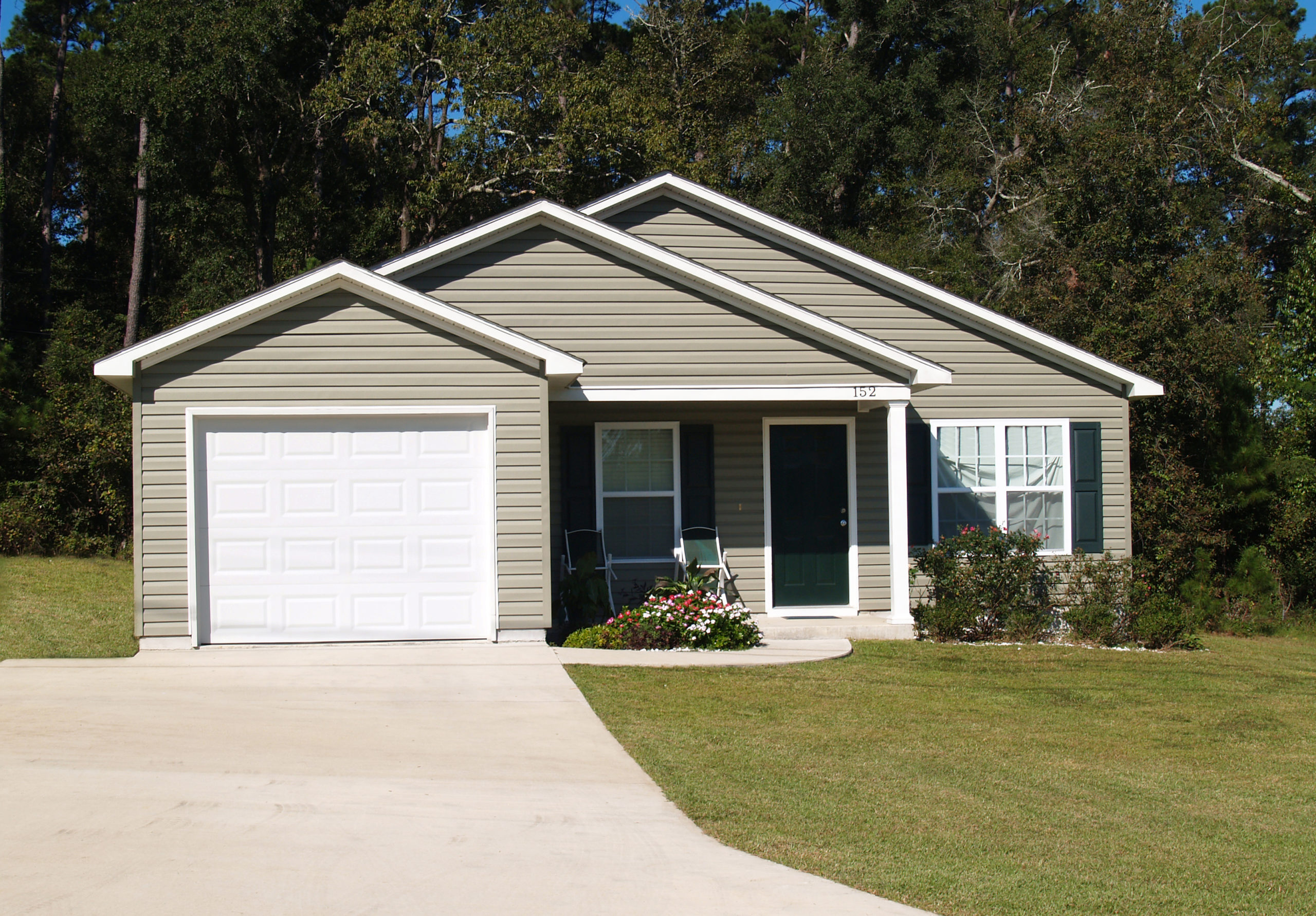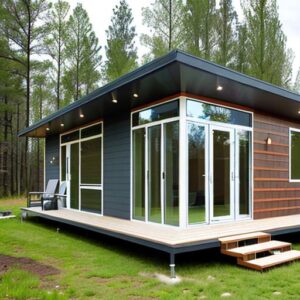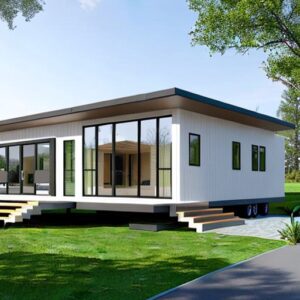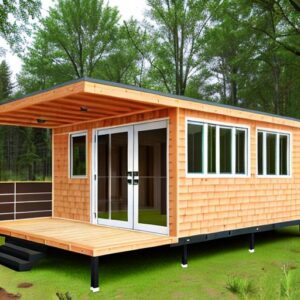Modular Home Myth #1: They are Easily Damaged by Wind
Thanks to the movies, lots of us have seen the image of a modular home sucked into a tornado or torn apart by a raging storm. This makes for a dramatic story, but the truth is that modular homes are required to meet the same HUD standards for construction, strength, and wind resistance as traditionally built houses. Modular homes are built to stand up to hurricane-force winds. They also have to go through a stringent third-party inspection during construction.
Modular Home Myth #2: They are More Vulnerable to Fire

Modular Home Myth #3: They are Cheaply Made
Modular homes are often thought to be cheaply made with substandard materials. This isn’t true. Each modular home passes through inspections approved by both HUD and the National Conference of States on Building Codes and Standards before it can be sold. Site-built homes and modular homes are built with the same materials. Modular homes are often built with higher quality materials since they must withstand transfer to the home site.
Modular Home Myth #4: They Aren’t Energy Efficient
This myth has proliferated alongside the myths about subpar materials and vulnerability to damage. Some think that a modular home isn’t energy efficient due to lax or outdated building standards. In this area and in many others, modular homes often exceed the energy efficiency of those that are built on-site.
Incidental air leakage from the roof, walls, and floor is what accounts for most of a home’s energy loss. Modular homes are built in a factory setting, which allows for a high degree of precision in assembly. This allows for tight fits and finishes on the building envelopes for each home. In addition, modular homes receive uniformly installed insulation during manufacture, as well as triple-pane windows that have low emissivity and inert gas filling.
Modular Home Myth #5: They are All the Same
One persistent myth is that all modular homes are basically the same. On the contrary, most modular home builders offer an outstanding range of customization options for both the interior and exterior of your home. A fireplace, skylight, or walk-in closet isn’t out of the question. Since builders use the same materials for modular homes as they do for site-built homes, you can expect similar quality and curb appeal.
Modular Home Myth # 6: They Depreciate in Value
Every home, whether modular or site-built, is different, so it’s hard to predict how – or if – a home will appreciate. But, it is possible for a modular home to appreciate in value in a similar way to a site-built home. Appreciation depends on many factors, but your home is more likely to appreciate it if you have a few key things in place. Owning the land and having your home attached to a permanent foundation is key. Additions to the home – for instance, a garage – are a plus. How well you’ve maintained your home is also an important factor.
Modular Home Myth #7: They are Difficult to Finance
This myth has its roots in truth, as financing a modular home used to be difficult. Today, though, it’s not nearly as hard as it once was. Certain modular home lenders offer loans including FHA, USDA, VA, and conventional home loans – financing that is similar to that offered for site-built homes.



